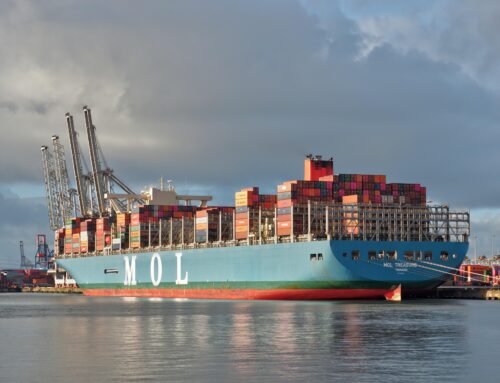I hope everyone is having an enjoyable summer! Asheville’s summer this year reminds me of those growing up – not too hot and enough rain to keep things lush and green.
In my last post following this year’s market correction, I cautioned that corrections are a process and on average take four months for markets to work through. This one is taking a bit longer – we are roughly six months into the correction and while the S&P500 is close to its highs from late January, we are not there yet and the Dow is even further away.
However, as you will see in the chart below, there are segments of the market that are doing fairly well. While the Dow and the S&P 500 remain below their January highs, the Nasdaq (tech stocks) and the Russell 2000 (small cap stocks) are out of correction territory and have achieved new, all-time highs. We may see this bifurcation of the market continue as we head into the end of the year and the beginning of next year. That doesn’t mean we will abandon the high-quality, blue-chip stocks that anchor many portfolios, but we will continue to look for opportunities to put money to work in these two sectors.

The most common questions I hear from clients and others continue to be “Isn’t the market too high?” or “How can the market be so high with all the turmoil in the country – tariffs, immigration, etc.?” or “Aren’t we in another bubble?” While there are many reasons that justify these kinds of questions, look to corporate profits for the answer. Corporate profits are at all-time highs and are coming in better than expected for many companies. Some of this is driven by tax-reform and deregulation, while some is driven by the simultaneous strengthening of the US economy and the world economy. Yes, tariffs can negatively impact some company’s profits, however we are not seeing that in the numbers yet. But this is a risk that we are monitoring.
Lastly, just a few days ago we reached a new milestone in corporate America – a company with an overall value of $1 Trillion – and that company is Apple. Apple is the most valuable publicly-traded company in the world – more valuable than Exxon or GE, more valuable than WalMart, more valuable than Microsoft or Facebook. Apple’s annual sales should exceed $250 Billion this year, with profits in excess of $90 Billion. It’s not uncommon to hear people talk about this milestone as an indicator of a new tech bubble, but that is not the case at all. There is a ratio called the P/E, which is a measure of a company’s share price divided by its earnings (profit) per share. This ratio allows investors to compare companies that have very different share prices and very different profits. Apple’s P/E ratio is a bit below 19. The very long-term average for all stocks is around 17, so Apple’s P/E is a little bit higher than average. But compare that to other companies – Amazon’s P/E = 145, Twitter’s P/E = 107, Coca-Cola’s P/E = 86, and WalMart’s P/E = 30. Apple’s overall value of $1 Trillion arises from the fact that it is a very large, very profitable, very well-run company – not because we’re in a new tech bubble.
If you have questions or would like to discuss this or anything else, please get in touch.






